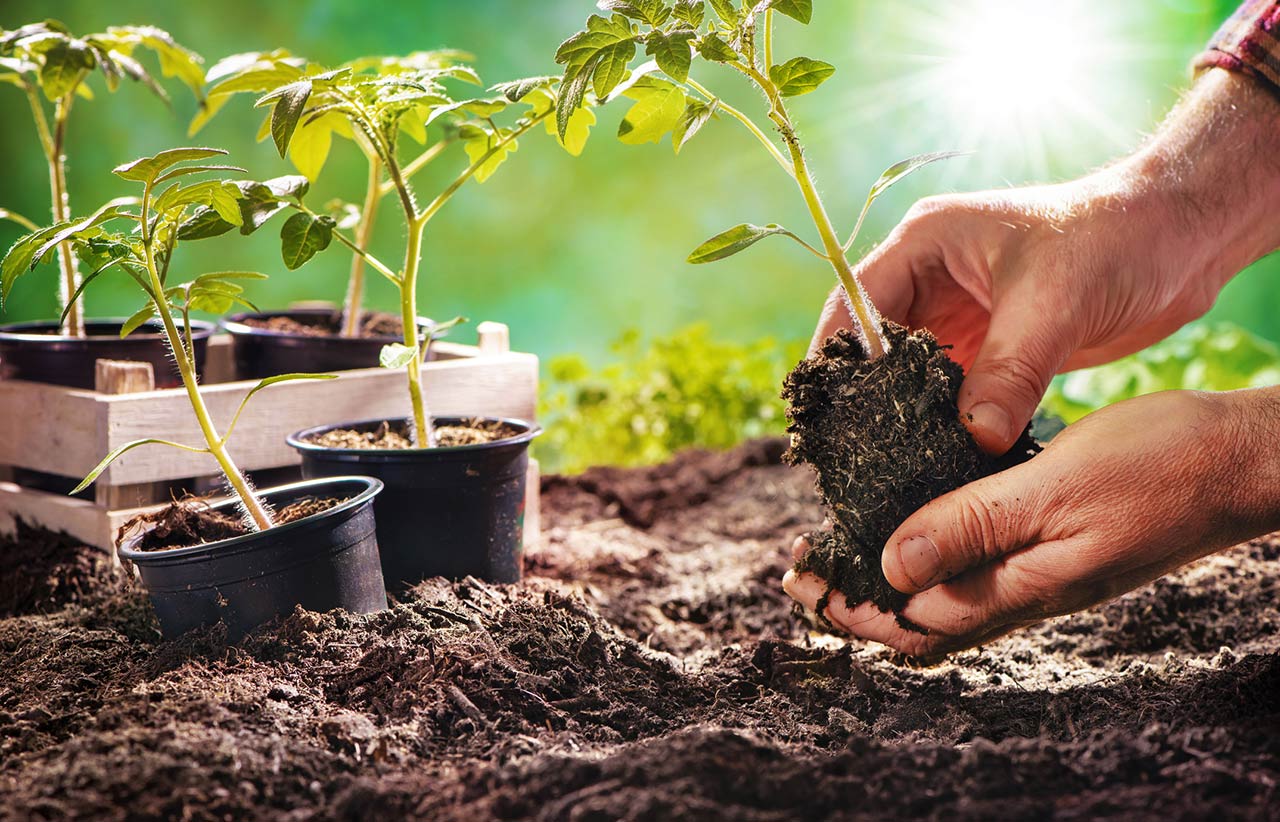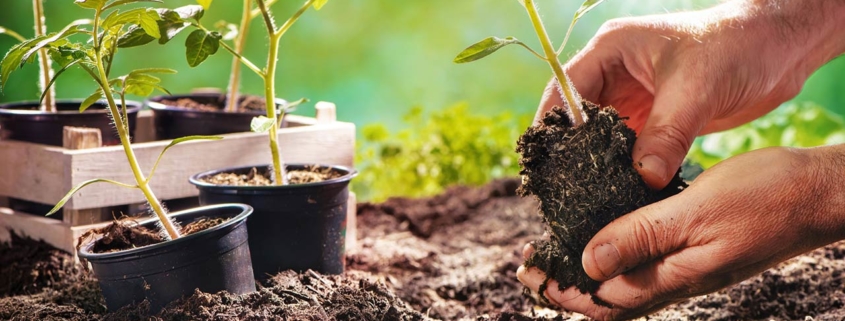Chicago Home and Lifestyles – Get Those Vegetables Planted

Spring around the Chicago area has been cool at best and positively frigid at worst. April showers have been nonexistent too. So, all in all, a rare spring. Most years, I have my vegetable garden already in, but we have had several nights with frost. Some veggies will survive, but tomatoes are vulnerable. So, now we need to get those plants in.
Hopefully, you have already added some topsoil and compost to your garden. The next thing to do is lay out all your plants. Plant according to space needed, growing aspect, and sun exposure.
Tomatoes need the most room and sun. So do not plant anything in front of them that blocks the sun. Make sure to plant tomatoes two feet apart. Our garden is fenced, so we will plant a little close to the fence. This helps later when the plants grow out of the baskets. The fence gives you something to tie the upper branches to when they are heavy with tomato clusters. Dig a bigger hole than you think you will need and till the soil around and at the bottom of the hole for good root expansion. Water the tomatoes well before removing them to plant. Place the plant in the hole and fill around and firm the soil. Plants should be almost as deep as the first course of leaves. Water in well; you may have to add more topsoil as needed. Mulch, but leave a few inches around the stem for air.
Peppers, cucumbers, and beans do not need as much light as tomatoes and will do better with less of the hottest afternoon sun. We will try to plant these where they will be shaded by tomato plants or other landscapes in the afternoon.
Here again, the fence comes in handy. Cucumbers, peas, and beans can all be trained up the fence and tied with soft strips of cloth. These plants need less room than tomatoes. Plant the same as with the tomatoes, tilling the soil, firming it down, and watering thoroughly. The space between tomato plants is a great place to plant vegetables that you harvest early and often. Lettuce, radishes, carrots, and spinach grow fairly quickly and benefit from the tomato plant shade. Sow lettuce every two weeks to have fresh greens all season.
Keep weeds at bay. If rain is scarce, water at least one inch per week or more if temperatures are especially hot. Keep an eye out for pests and disease. We will have a few hints for vegetable diseases, pests, and how to take care of them later in the season.
KATHLEEN WEAVER-ZECH AND DEAN’S TEAM CHICAGO

